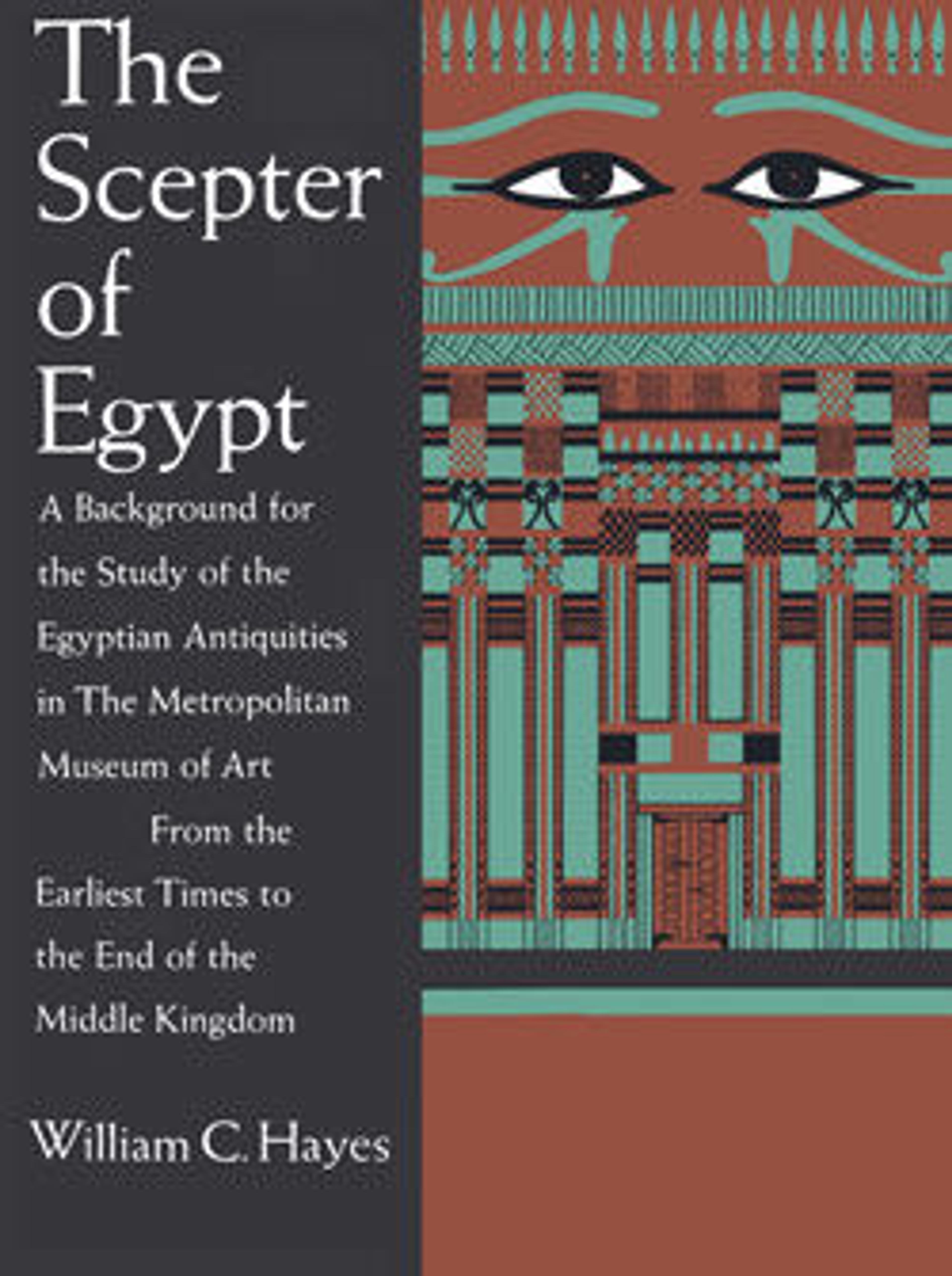Sarcophagus of the Hathor Priestess Henhenet
Henhenet was one of several females who were buried in shaft tombs beneath the platform of King Mentuhotep II's temple at Deir el Bahri. Her massive sarcophagus is made of several limestone slabs set on a sandstone base. They were originally held together by metal straps strung through holes on the inside. Around the sarcophagus box are inscriptions, which were first painted green, then outlined in black on two sides; the third side was started but left unfinished. The lid had first been inscribed in sunk relief for another of the females called Kawit, over whose name Henhenet’s was added in green paint. Like the sarcophagus, the lid is made of separate slabs. Each of its three parts is pierced by two holes through which suspension ropes were slotted for lowering the piece into place.
When found, there was still a wooden coffin inside the sarcophagus; within this was Henhenet's robbed mummy. According to Edouard Naville, the excavator, she was "lying on the cloth wrappings. Her hands and feet are small and delicately formed, her hair short and straight." The mummy was sent to Cairo in 1923. It was studied there by Dr. Douglas Derry, who concluded that Henhenet had been about 21 years old when she died in childbirth.
When found, there was still a wooden coffin inside the sarcophagus; within this was Henhenet's robbed mummy. According to Edouard Naville, the excavator, she was "lying on the cloth wrappings. Her hands and feet are small and delicately formed, her hair short and straight." The mummy was sent to Cairo in 1923. It was studied there by Dr. Douglas Derry, who concluded that Henhenet had been about 21 years old when she died in childbirth.
Artwork Details
- Title:Sarcophagus of the Hathor Priestess Henhenet
- Period:Middle Kingdom
- Dynasty:Dynasty 11
- Reign:early reign of Mentuhotep II
- Date:ca. 2051–2030 B.C.
- Geography:From Egypt, Upper Egypt, Thebes, Deir el-Bahri, Temple of Mentuhotep II, Pit 11 (Henhenet), Egypt Exploration Fund excavations, 1906–07
- Medium:Limestone, sandstone, paint
- Dimensions:H. 97 cm (38 3/16 in); w. 105 cm (41.5/16 in); l. 261 cm (102 3/4 in)
- Credit Line:Gift of Egypt Exploration Fund, 1907
- Object Number:07.230.1a, b
- Curatorial Department: Egyptian Art
More Artwork
Research Resources
The Met provides unparalleled resources for research and welcomes an international community of students and scholars. The Met's Open Access API is where creators and researchers can connect to the The Met collection. Open Access data and public domain images are available for unrestricted commercial and noncommercial use without permission or fee.
To request images under copyright and other restrictions, please use this Image Request form.
Feedback
We continue to research and examine historical and cultural context for objects in The Met collection. If you have comments or questions about this object record, please contact us using the form below. The Museum looks forward to receiving your comments.
